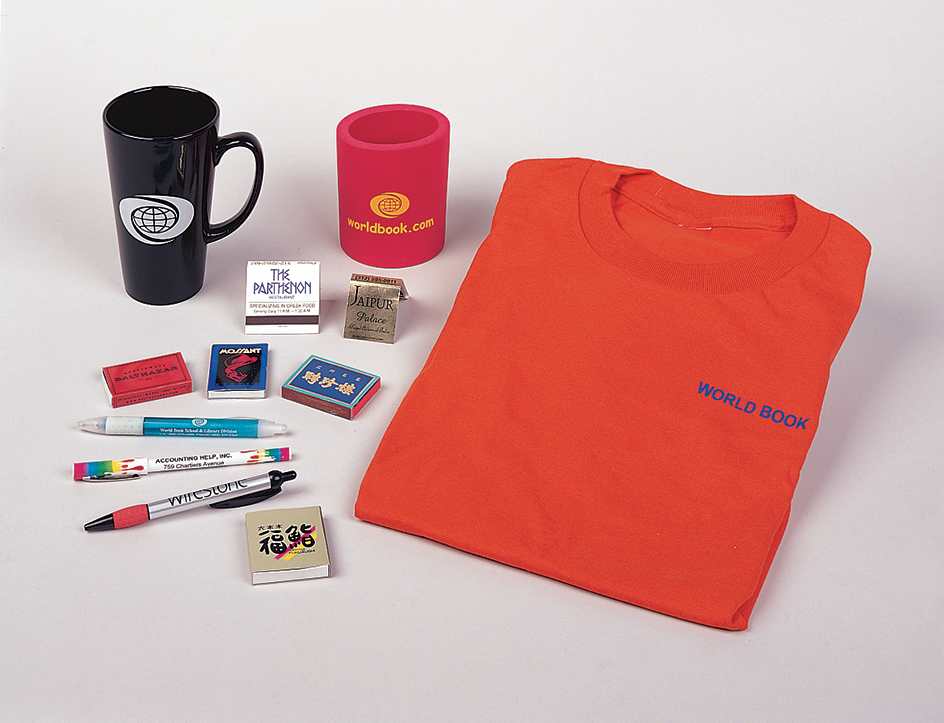Marketing is the process by which sellers and buyers find each other and by which goods and services move from producers to consumers. Marketing has produced the vast array of products available to consumers in most countries of the world. Marketing activities are so important that, in some industries, they may account for half the cost of a product or service.

Businesses typically engage in five main marketing activities: (1) market research, (2) product development, (3) distribution, (4) pricing, and (5) promotion.
Market research
is the study of the probable users of a product. This pool of potential customers is called a market. Many firms use surveys to determine what customers say they need or want. Other firms carefully observe what customers actually buy to learn about their habits. There are many other sources of valuable market information. For example, government statistics about population and income can indicate the size of a market and its purchasing power.
Since the 1990’s, businesses have used the Internet to sell nearly every type of product. Marketing over the Internet generates more detailed information about customer interests and buying behavior than ever before. Some people believe that this information is unreliable or that it puts customers’ privacy at risk. Others argue it helps companies to better meet consumers’ needs.
Product development
includes the design, creation, and modification of products and services, usually based on market research. Firms continually introduce new products, modify existing ones, and drop unprofitable products to meet the demands of the public.
Distribution
is the movement of goods and services from the producer to the consumer. Manufacturers create systems, called channels of distribution, to keep goods moving. Participants in a channel of distribution include wholesalers, who sell large quantities of goods to retailers. Retailers, in turn, sell the goods in smaller quantities to consumers. Marketing channels may involve other companies that provide such services as financing, transportation, and storage.

The Internet has created electronic alternatives to some of the traditional physical channels of distribution. For example, many Internet marketers sell directly to the public, lessening the need for local retailing.
Pricing.
If an item’s price is too high, it will not sell. If an item’s price is too low, the producers will not earn a profit. The pricing function must balance these extremes. When setting the price of an item, many manufacturers start with its unit production cost, the expense of making one unit of the item. They then add a percentage of this cost, called a markup, to provide a profit for themselves. Every other firm in the channel of distribution also adds a markup to cover expenses and to provide a profit. Therefore, the final selling price is the unit production cost plus the total of all the markups.
Other manufacturers try to determine what an item’s price should be through market research. Then, manufacturing and other costs are managed to ensure that the company will make a profit. Certain Internet marketplaces allow customers to state the price they want to pay and then let sellers choose whether to compete for that business.
Promotion
includes advertising, coupons, direct mailings, in-store displays, web pages, telemarketing calls, and personal sales efforts. Companies engage in a wide range of promotional activities designed to inform customers about products and services and to persuade them to buy.

